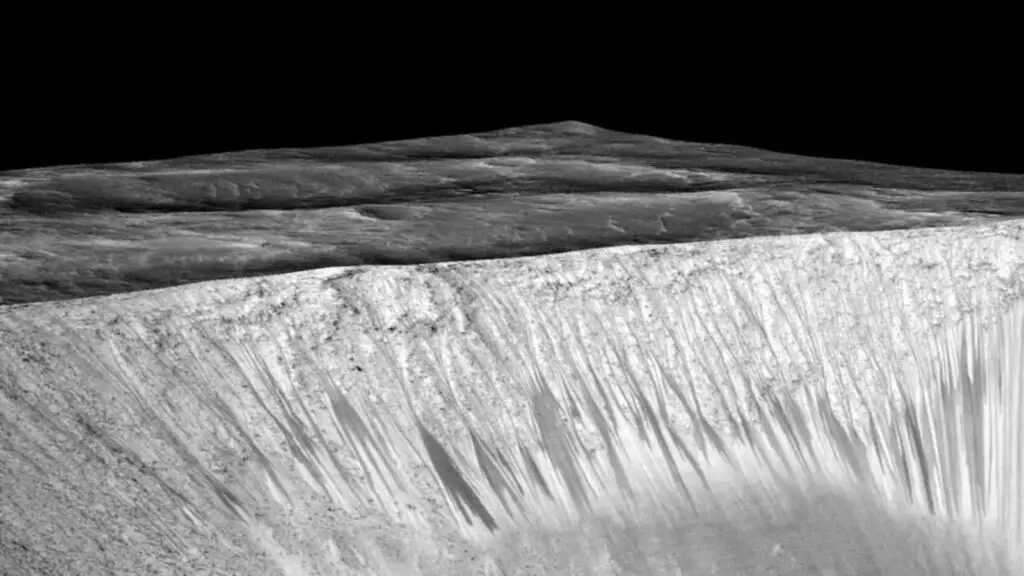The fourth planet from the Sun, Mars has always piqued the curiosity of scientists, explorers and space enthusiasts.

Many mysteries will be revealed as numerous spacecraft and probes are sent to explore its surface.
However, there are certain forbidden areas on Mars that remain unexplored for various reasons. This article examines her six main reasons for these Forbidden Zones and their implications for future Mars missions.
Scientists Find Huge Deposits of Water on Mars
Forbidden Regions On Mars For Planetary Protection Policies
The main reason for the existence of certain exclusion zones on Mars is planetary protection policy. These guidelines are intended to protect both Earth and other celestial bodies from potential microbial contamination.
By restricting access to certain areas, scientists are preserving the pristine nature of these areas, enabling further exploration of the origins of life on Mars, and jeopardizing scientific knowledge. It hopes to prevent possible terrestrial microbial invasions.
Special Regions
Special exclusion zones on Mars are areas where life could have been more likely, either in the past or in the present. These regions include groundwater ice, subsurface liquid water, or regions of recurring slope lines, black stripes that appear seasonally on the slopes of Mars. Due to the potential for life, these areas are protected by planetary protection policies, and exploration and research activities are tightly regulated and restricted.
Radiation Hazards
Mars has a thin atmosphere that does not adequately shield its surface from solar and cosmic radiation. This radiation poses a significant threat to both robotic and human explorers. While Mars missions have managed to explore some areas, radiation levels in certain regions may exceed the tolerances of current technology, rendering these areas too hazardous for exploration.
Terrain Challenges
The Martian landscape is diverse and, in some areas, extremely challenging to navigate. Steep cliffs, deep canyons, and vast dune fields can make it nearly impossible for rovers and landers to traverse safely.

These challenging terrains may also pose a threat to future manned missions, as astronauts will need to carefully plan their routes to avoid accidents and ensure safe exploration.
Technological Limitations
Current technology limits our ability to explore certain regions on Mars. The extreme temperatures, dust storms, and rugged terrain can take a toll on the rovers and other equipment sent to the planet. As a result, some areas remain inaccessible due to the limitations of our current technology.
Scientific Prioritization
Finally, scientific prioritization will play a role in deciding which regions of Mars to explore. Limited resources and time require researchers to prioritize specific regions based on scientific feasibility. Areas with higher potential for breakthrough discoveries, such as evidence for past and present life, are prioritized over areas that are more difficult to explore or of lesser scientific interest.
Mars continues to be a source of wonder and fascination for scientists and space enthusiasts. Although some regions are inaccessible for various reasons, researchers have made great strides in understanding the red planet. As technology advances and our understanding of Mars grows, we will find ways to overcome these challenges and explore this mysterious world further. Until then, the Forbidden Zone on Mars will remain a fascinating mystery, inspiring our curiosity and our quest for knowledge.






